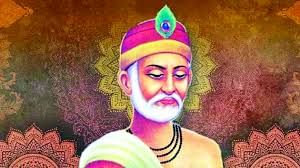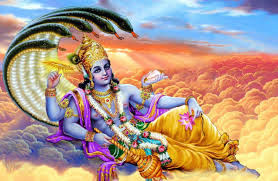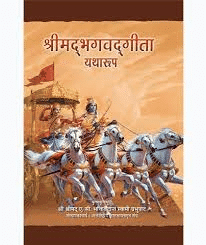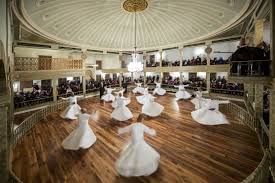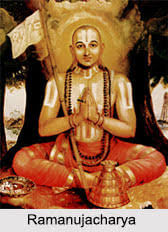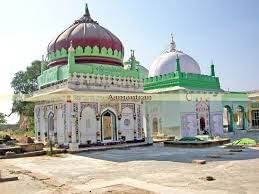Class 7 History Chapter 6 Question Answers - Devotional Paths to the Divine
Q.1. What are bhajans, kirtans, and qawwalis?
They are devotional songs sung in worship and spiritual practices.
Q.2: What is the main idea of the Upanishads?
It teaches that the individual soul (Atman) and the Supreme God (Brahman) are one and the same.
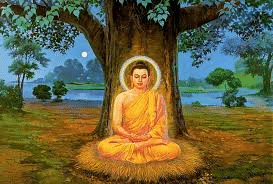 Q.3. Who were the Pulaiyar and the Panars?
Q.3. Who were the Pulaiyar and the Panars?
Untouchables
Q.4. What was the greatest social impact of the Bhakti Movement on medieval Hindu society?
Social Impact:
(i) The followers of the Bhakti movement rejected the caste distinction.
(ii) Equality between high and low castes
Q.5. Name the Bhakti saint who was a great satirist and ridiculed all the institutions of his time.
Kabir Das
Kabir Das
Q.6. What were Sufi practices for spiritual connection?
They included zikr (chanting), sama (singing), and raqs (dancing).
Q.7. Name the regional language popularised by the Bhakti leader Shankradeva.
Assamese is the regional language popularised by the Bhakti Saint Shankradeva.
Q.8. Kabir was a 15th-16th century saint who believed in a ____ Supreme God and rejected ____.
formless, rituals
Q.9. What was the name of holy law developed by Muslim Scholar?
Shariat
Q.10. Alvars were the worshippers of lord?
Vishnu
Q.11. What was Tevaram?
Compilation of songs.
Q.12. What is the primary source of information about Kabir and his ideas?
Sakhis and Pads
Q.13. The Idea of Bhakti was first discussed ?
Bhagvad Gita
Q.14. The practice that was borrowed by the Sufis from Hinduism was practice of a number of yogic exercises as a means of contemplation. True/ False
True
Q.15. What was the language used by Jalaluddin Rumi?
Persian
Q.16. Give an example showing that Mirabai rejected the rigidity of caste system.
Mirabai was a disciple of Ravidas who belonged to the society of 'Untouchables'. t shows that Mirabai rejected the rigidity of caste system.
Mirabai
Q.17. Lehna, the successor of Guru Nanak was also called?
Guru Angad
Q.18. Sufi practices for spiritual connection included ____, ____, and ____.
zikr, sama, raqs
Q.19. The earliest form of Tamil literature is known as?
Sangam literature
Q.20. Who finally authenticated Guru Granth Sahib?
Guru Gobind Singh
Q.21. Who was Ramanuja, and what philosophy did he promote?
He was an eleventh-century philosopher who promoted Vishishtadvaita, emphasizing devotion to Vishnu.
Q.22. Langar is a :
(a) Common kitchen
(b) Common Sikh literature
(c) Common worship place
Common kitchen
Q.23. Bhakti and Sufi movements came into existence in the which century?
Eighth century
Bhakti and Sufi Movement
Q.24. Where the temple of lord Vitthala is located?
Pandharpur
Q.25: The method of singing adopted by Sufi saint is known as SAME (True/ False.)
True
Q.26. Who was assassinated during the reign of Jahangir
Guru Arjun
Q.27. When did the Sikh movement become politicized and culminate in the institution of the Khalsa?
In 1699.
Q.28. Kabir's teachings, comprised of small poems which were collected in a small book known as?
Bijak
Bijak Book
Q.29. Who were the Nayanars?
They were 63 saints devoted to Shiva, coming from different caste backgrounds.
Q.30. Who were the Alvars?
They were 12 saints devoted to Vishnu, known for their devotional songs.
Q.31: What was the focus of Nathpanthis, Siddhas, and Yogis?
They focused on meditation, renouncing worldly possessions, and training the mind and body.
Q.32. What are the Tevaram and Tiruvacakam?
They are collections of devotional songs by the Nayanars.
Q.33. Name two saint-poets of Maharashtra associated with the Bhakti Movement.
Namdev and Tukaram.
Q.34. What is a Dargah?
Dargah is a Sufi shrine built over the grave of a Sufi saint.
|
63 videos|371 docs|46 tests
|
FAQs on Class 7 History Chapter 6 Question Answers - Devotional Paths to the Divine
| 1. What is the main theme of the article "Devotional Path to the Divine"? |  |
| 2. How does the article describe the role of prayer in devotion? |  |
| 3. What are some examples of devotional practices mentioned in the article? |  |
| 4. How does the article suggest individuals can deepen their devotional practices? |  |
| 5. What is the significance of community in the devotional path as per the article? |  |

